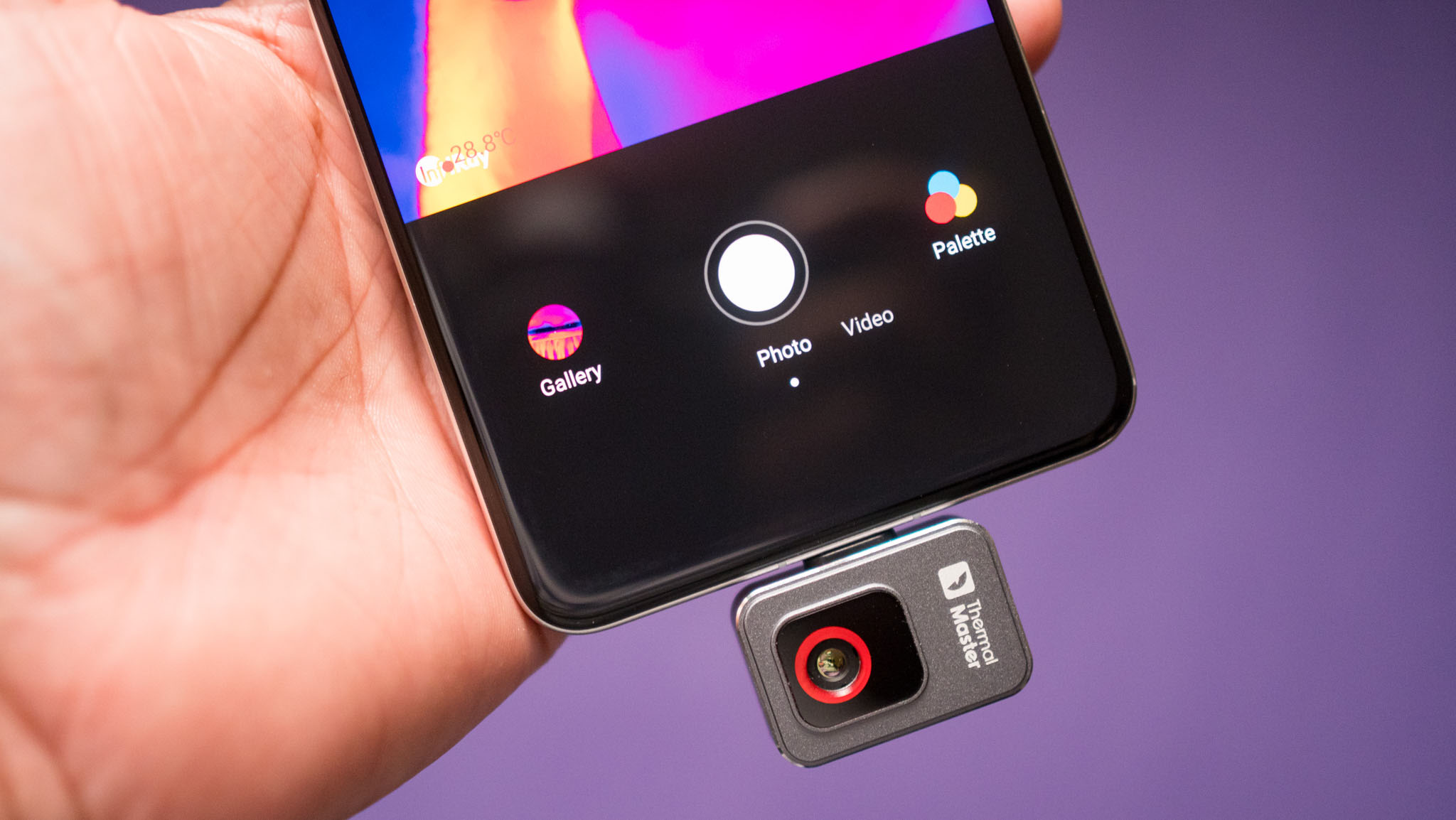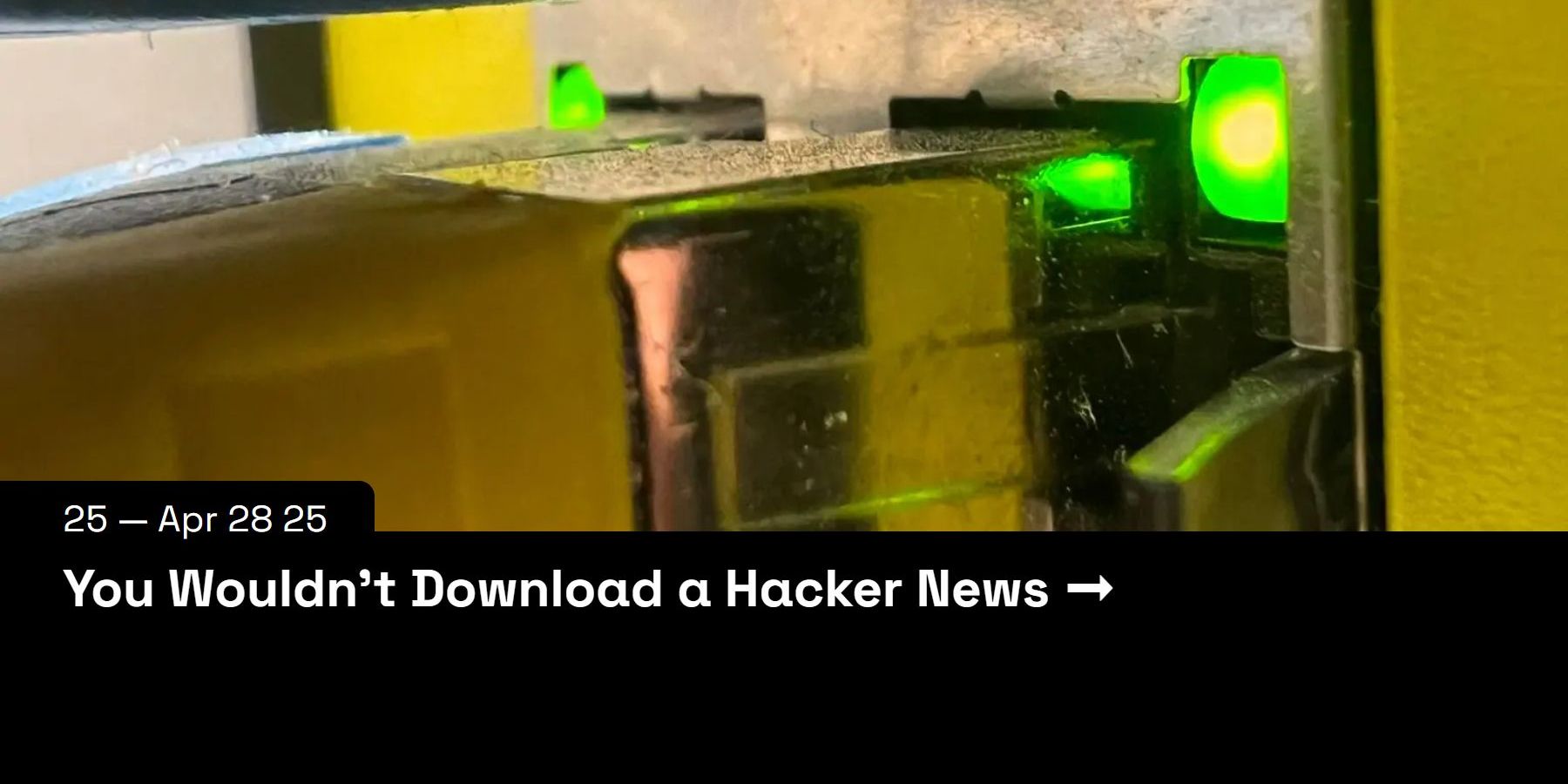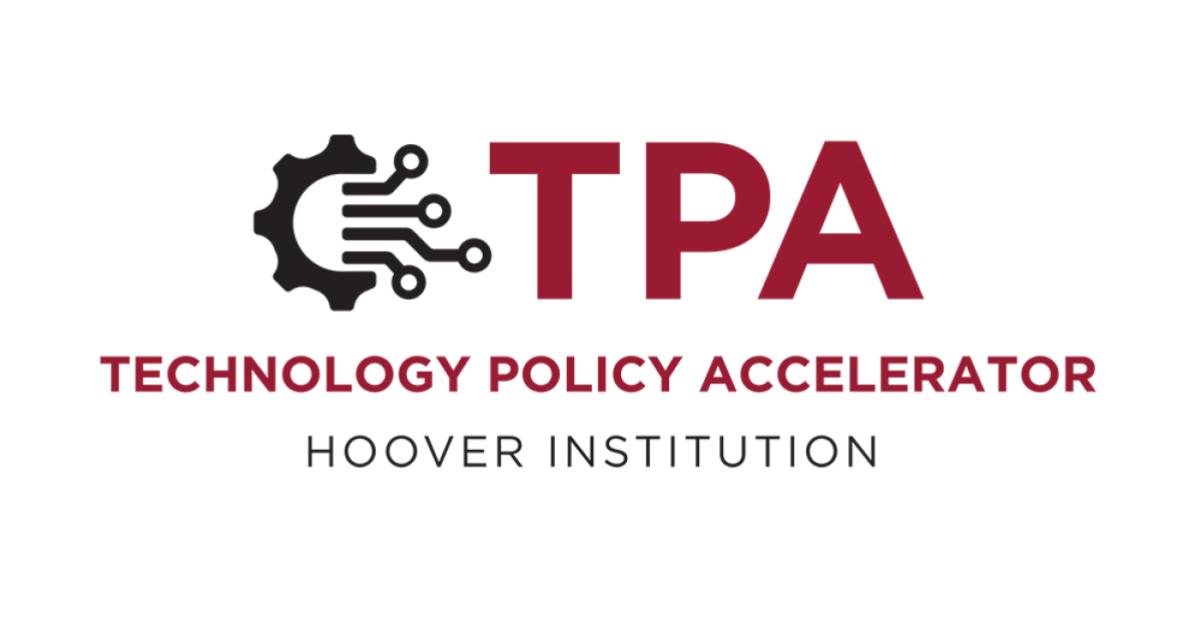US Department of Transportation Eases Reporting Requirements for Autonomous Vehicle Crashes

In a significant shift that could reshape the landscape of autonomous vehicle regulation, the US Department of Transportation has announced a major modification to the reporting requirements established under the Biden administration. This new directive, revealed last week, alters the obligations placed on automakers and technology firms regarding the reporting of incidents involving fully or partially autonomous vehicles.
The revised regulations, as articulated by Transportation Secretary Sean Duffy, aim to 'slash red tape and move us closer to a single national standard that spurs innovation and prioritizes safety.' Under these changes, companies will be exempt from reporting certain crashes, particularly those that involve Level 2 advanced driver assistance systems (ADAS), provided these incidents result in a tow-away but do not include injuries, fatalities, or airbag deployments.
This relaxation of reporting requirements is poised to benefit key players in the autonomous vehicle sector, notably Tesla. Historically, Tesla has faced increased scrutiny regarding its reporting practices. Under the previous regulations, which mandated that all tow-away incidents involving vehicles equipped with Level 2 systems be reported to the National Highway Traffic Safety Administration (NHTSA), Tesla accounted for a staggering majority of such reports. The company had submitted 2,030 of the total 2,359 ADAS-related crashes reported since the inception of this rule in July 2021, representing an overwhelming 86 percent share, according to data from Advocates for Highway and Auto Safety.
With the new regulations in place, the burden of reporting for Tesla and similar manufacturers will significantly diminish. Previously, any Level 2 vehicle that was involved in an incident requiring towing, regardless of the absence of severe consequences like fatalities or injuries, had to be logged with the NHTSA. Now, however, only those incidents that result in serious harm or fatalities need to be reported, thus relieving companies of the need to disclose a substantial number of less severe incidents.
To gauge the impact of these amendments, Advocates for Highway and Auto Safety investigated the database for tow-away incidents specifically filtering for Tesla vehicles while excluding those that involved injuries, fatalities, or airbag deployments. Their findings indicated that out of Tesla's 2,030 reported crashes, 240 incidents met the new criteria for non-reporting, which is approximately 12 percent of the company's total crash reports.
The original intent behind the standing general order (SGO) was to enhance transparency surrounding the use of new technologies that claim to improve road safety while also being linked to several serious accidents. Regulators had contended that a more comprehensive dataset was necessary to ascertain whether these emerging systems were truly enhancing safety or merely simplifying the act of driving.
Tesla, known for its advanced Autopilot and Full Self-Driving capabilities, both categorized as Level 2 systems requiring driver supervision, has been under intense investigation by the NHTSA. A series of inquiries focused primarily on collisions reported under the SGO, highlighting the growing concern about the safety implications of these technologies.
Sources familiar with Tesla's internal sentiments revealed that the company had long been critical of the crash notification mandate, suggesting that the data presented by NHTSA could mislead the public regarding the automakers overall safety record. Furthermore, Elon Musk, the CEO of Tesla, has been known to support initiatives aimed at reducing government oversight and spending. His previous association with political figures has also raised eyebrows about potential conflicts of interest.
Safety advocates, however, have expressed alarm over the new reporting requirements, suggesting that they may impede the public's understanding of how evolving technologies affect road safety. Michael Brooks, the Executive Director at the Center for Auto Safety, stated, 'The less restrictive reporting requirements mean some crashes that dont involve fatalities or serious injuries will no longer be collected by NHTSA as part of the SGO. While these crashes may be of a lower severity, they could be very important in early identification of safety performance concerns with Level 2+ ADAS features.'
As the debate continues regarding the implications of these regulatory changes, stakeholders from various sectors will be monitoring how these adjustments might influence the development and deployment of autonomous vehicles in the future.



























